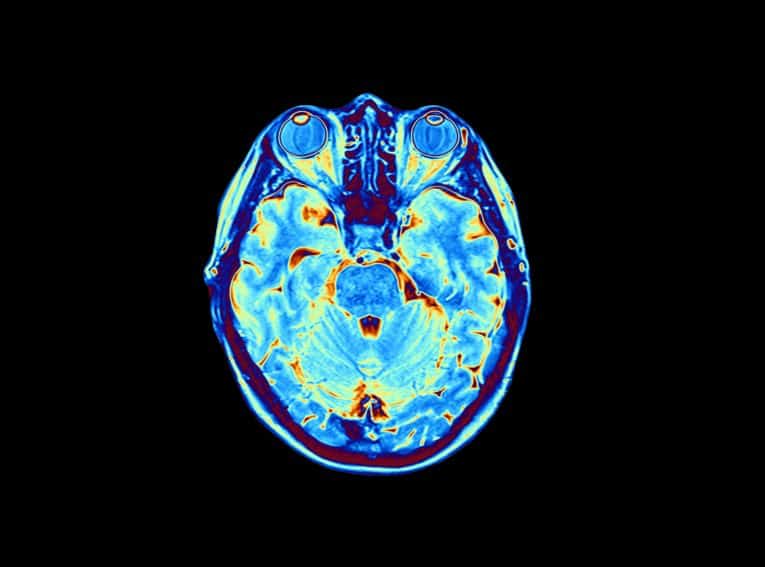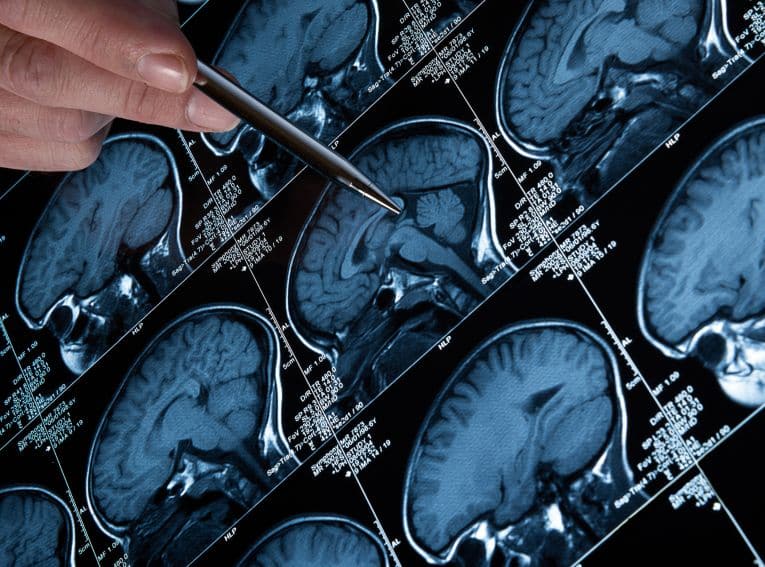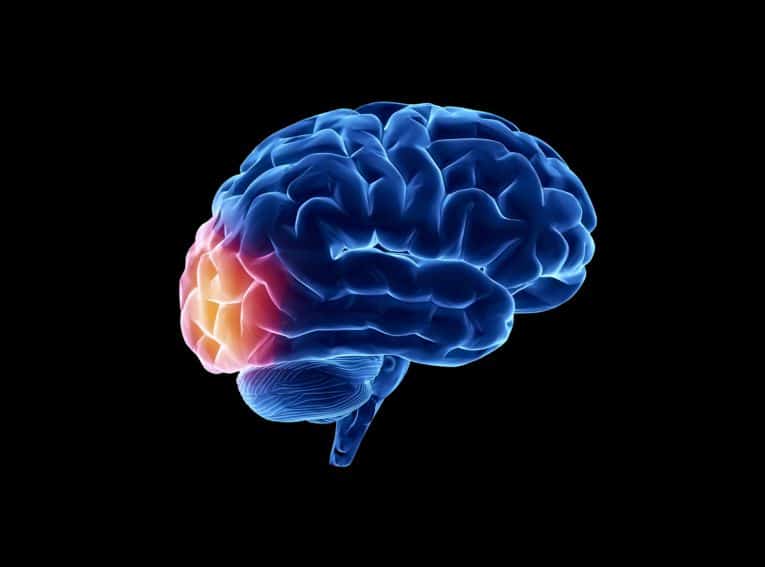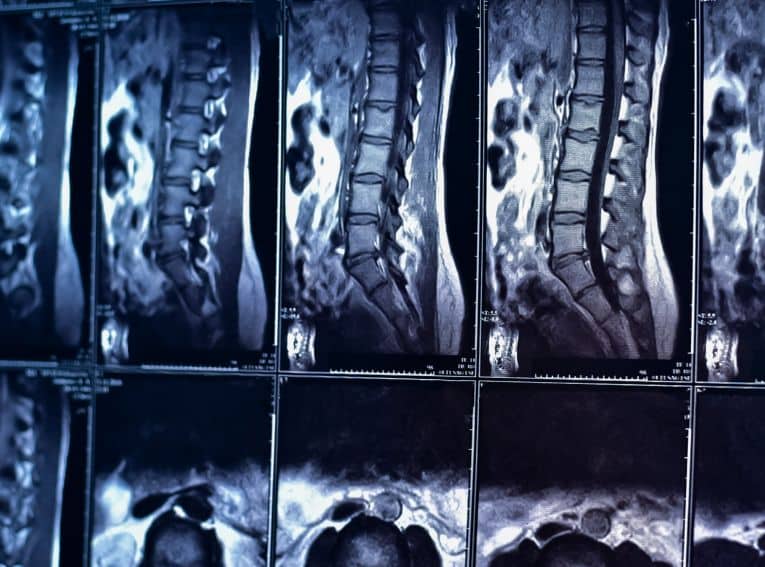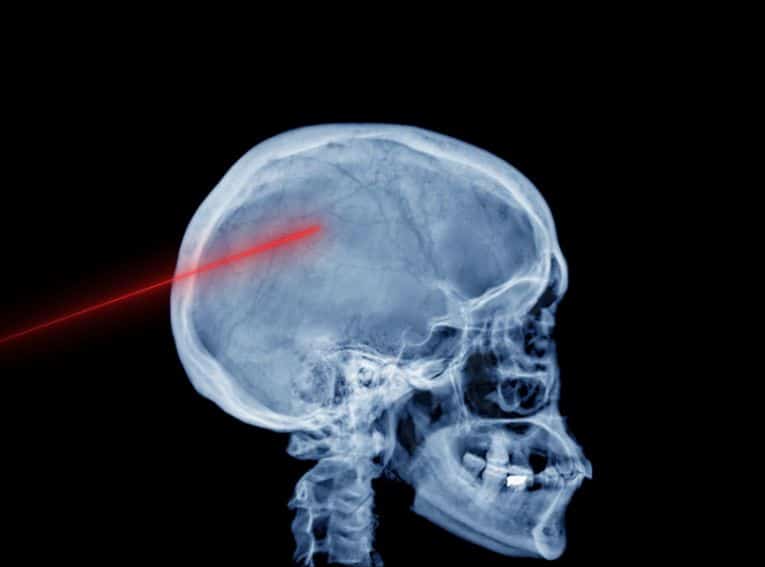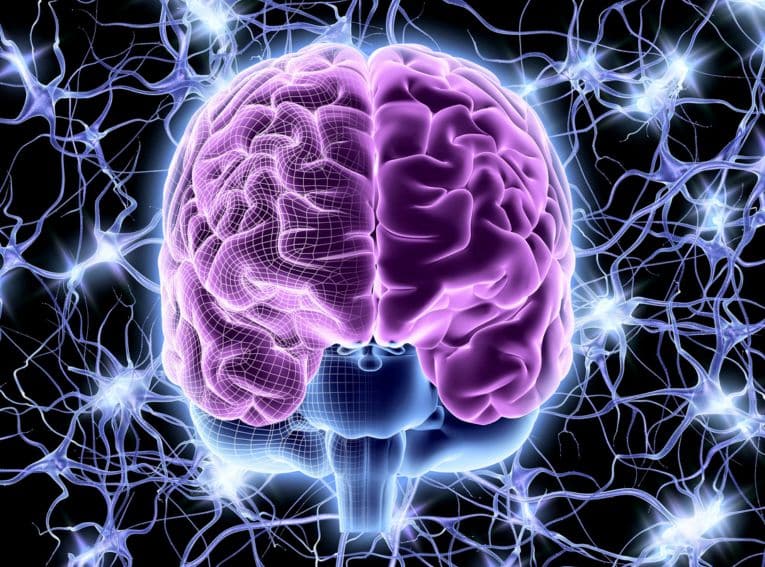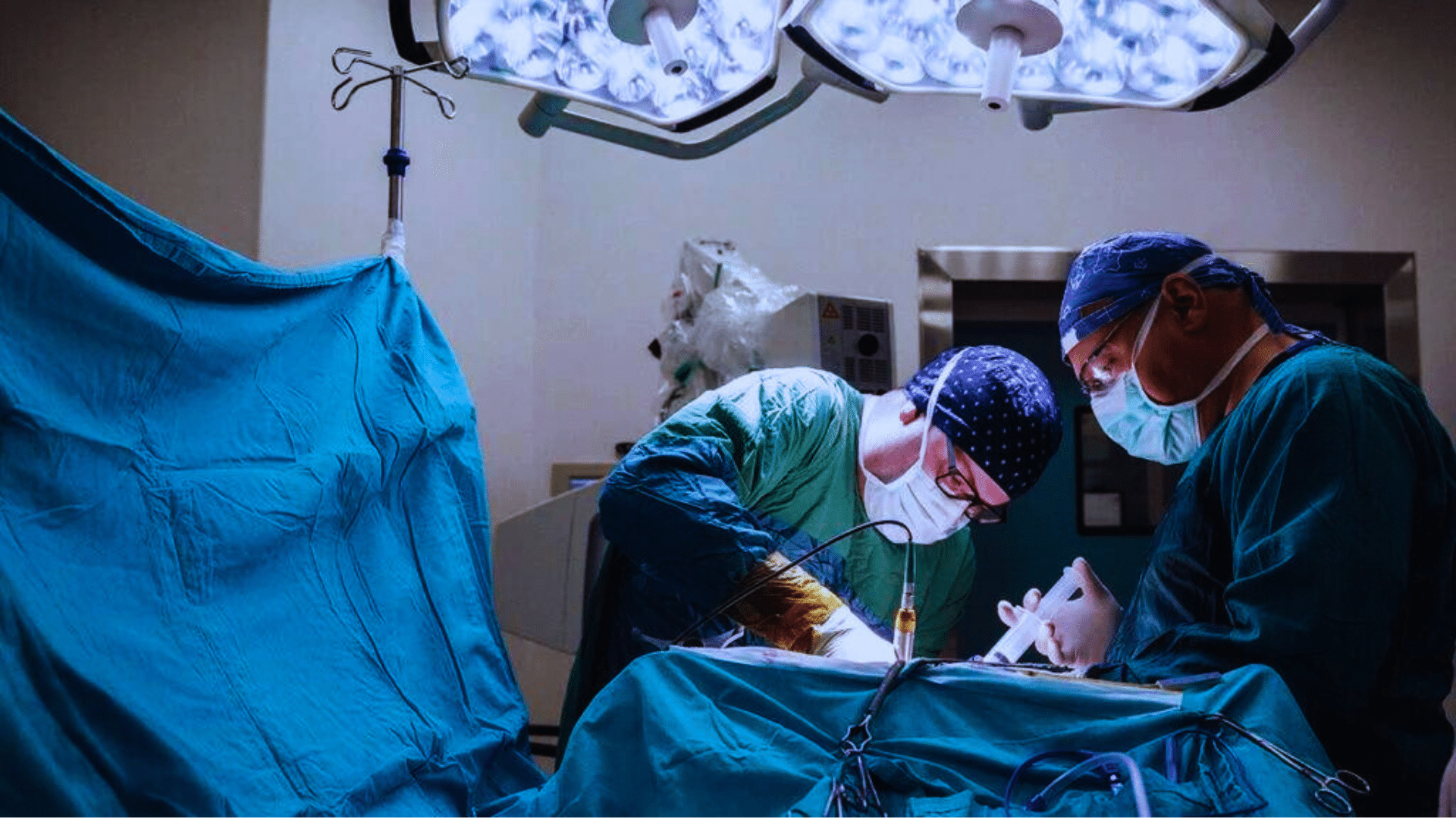
Percutaneous Procedures for Trigeminal Neuralgia
Percutaneous radiofrequency rhizotomy can be an effective treatment for trigeminal neuralgia, and other chronically painful conditions, when treatment with medication has been ineffective. Trigeminal neuralgia causes severe, shooting pain in the face from damage to, or compression of, the trigeminal nerve, which is responsible for facial sensation, and motor functions such as biting and chewing. The pain, which usually comes on suddenly and lasts from a few seconds to a few minutes, is severe enough to be physically and mentally incapacitating. Percutaneous radiofrequency rhizotomy uses radiofrequency energy to stop the nerve from sending pain signals to the brain.
Percutaneous Radiofrequency Rhizotomy Procedure
Percutaneous radiofrequency rhizotomy is an out-patient procedure that generally lasts between 1 and 2 hours. It begins with the patient being given a short-acting anesthesia. The doctor inserts a needle into the nerve; an imaging device is used to ensure that the needle is properly positioned. The patient is then woken up to aid in determining the precise portion of the nerve that is causing the pain. Once that is established, the patient is again sedated, and radiofrequency energy is sent through the needle, creating a lesion that interrupts the transmission of pain signals.
Side Effects and Risks of Percutaneous Radiofrequency Rhizotomy
A common side effect of percutaneous radiofrequency rhizotomy is facial numbness. It is often temporary, but can be permanent in some instances. Other potential complications include recurring pain, vision loss, muscle weakbrain injuryness and brain injury. Although percutaneous radiofrequency rhizotomy is technically not a cure for trigeminal nerve pain, for the patient, it offers benefits that are equivalent to a cure.
Additional Resources
Welcome to the office of neurosurgeon Dr. Vikas Rao, where your health comes first. Below are some of the neurosurgical treatments that we offer in Mission Viejo, CA:
Contact us today
Your concerns are important to us, and we want to make sure all of your questions are answered so you understand your options. Please contact our office with any questions, and our team will be happy to assist you.
Give us a call
We're open to serve
Our doctor and staff are devoted to our patients. Please fill out the form below with any questions or to schedule an appointment and our team will get back to you within 24 to 48 hours.
